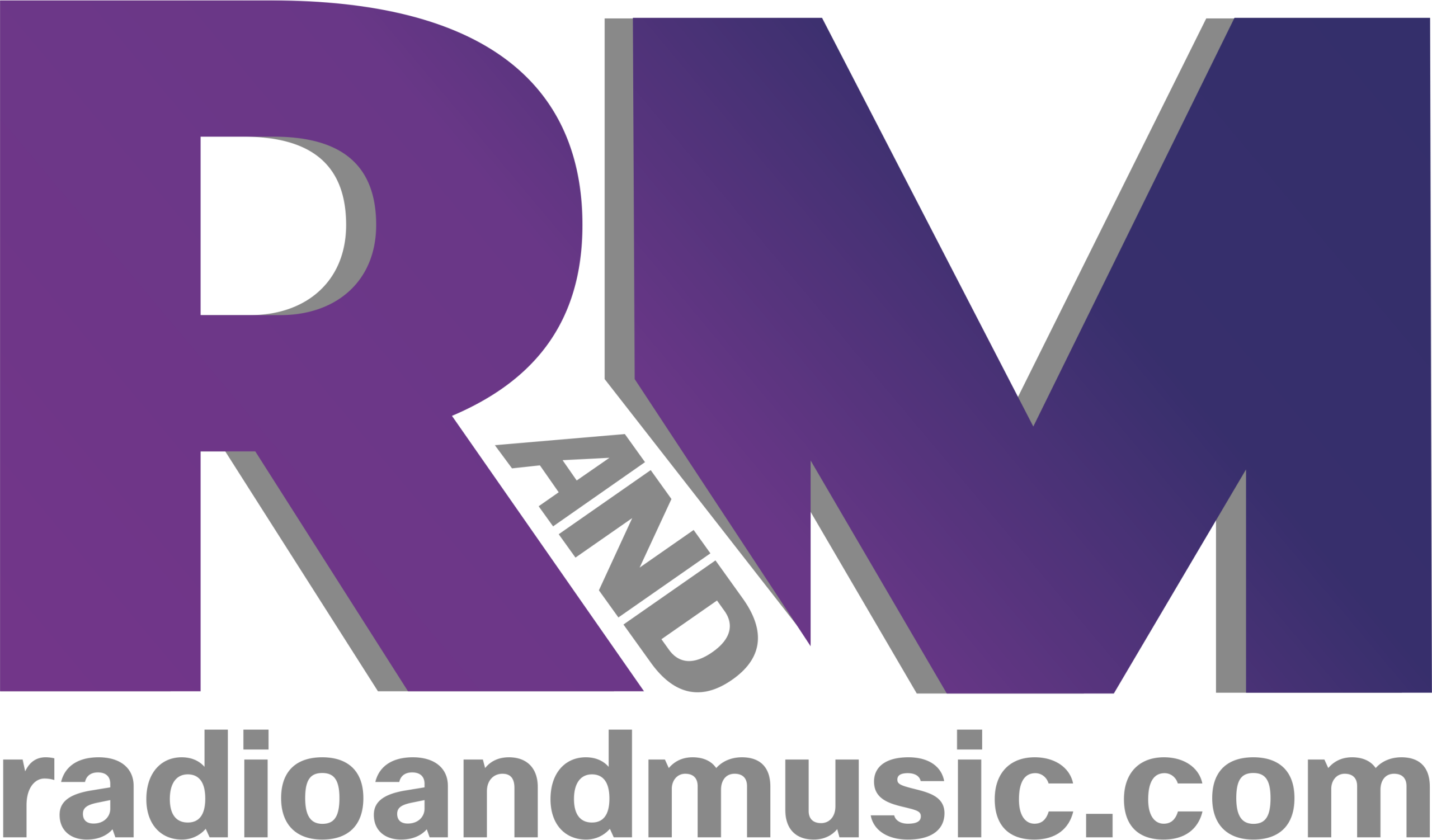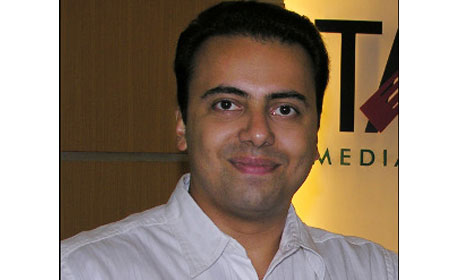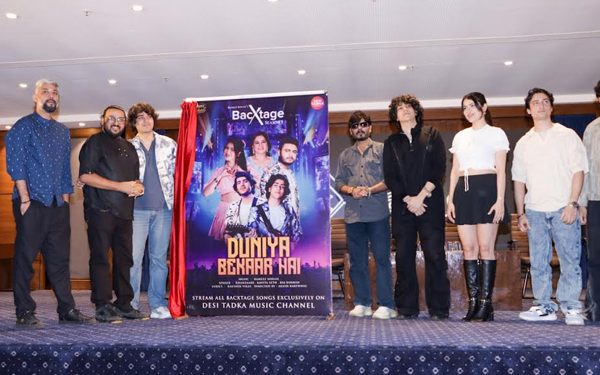MUMBAI: With the opportunities that FM Phase III auction will offer and the challenges that digital platform with increased connectivity will pose, the radio industry needs to cohesively position itself as an attractive proposition to advertisers, TAM Media Research Sr VP – S-Group & Marketing Pradeep Hejmadi said.
Though dwarfed by television, the Rs 1,300 crore radio has had a steady growth of 11-13 percent (December 2012). However, things are expected in the industry soon.
Following Union Cabinet Ministry’s approval on the decisions of the Empowered Group of Ministers (EGoM) regarding amendments in the policy guidelines for expansion of FM radio broadcasting services through private agencies, auctions will now be held according to the approved methodology of ascending e-auctions of 839 channels in 294 cities.
TAM Media, which conducts Radio Audience Measurement (RAM) for the industry, on its part is ready for conciliatory mediations with the radio industry. TAM Media’s RAM operation came under heavy criticism from the country’s private FM stations which accused the data and market research company of not following proper methodology. TAM Media, struck back by stating that the methodology was vetted by all the players and countered by stating the FM stations were not willing to invest in more accurate electronic method of collecting data. The accusations were a case of ‘sour grapes’ when top positions changed, TAM had said.
Reiterating RAM’s stand, Hejmadi said all the radio stations that were included in RAM were presented a globally accepted methodology re-designed for the Indian market. It was only when some stations’ expectations in rankings and listenership were not met that complaints started.
“No one expects to be No 2, everybody wants to be No 1. Happiness is a state of mind but reality doesn’t always provide that. We followed the diary method in lieu of ‘Recall Method’ where an incumbent has an unfair advantage, which was approved by the players. After the complaints, we have offered them to the electronic methodology. This is more accurate but will cost the stations Rs 1.2- Rs 1.3 crores annually. We have even offered them to purchase the electronic metres independently while we would only focus on the sampling and analysis,” he pointed out.
Calling for a conciliatory and regular interaction Hejmadi said that TAM Media was ready to continue and provide an independent and unbiased research data on radio audiences- information that is vital for advertisers and agencies to plan their ad spends and for radio stations in the highly competitive Rs 1.300 crore market to keep track of their positions and demographics. “
RAM was still fulfilling its commitment of conducting research on audience and holding talks with radio executives. However, after offering the players to arrange for a panel for electronic research, the stations have not got back, he added.
“Conducting RAM is not providing us with any margins. We show all the players the cost before it is approved. What the players are experiencing is the ‘fear of the unknown’. Some will claim that the methodology is faulty even if we use the electronic method. What is required is a change in mindset- we can’t go by just what we believe, we have to account for research data. Some shows have come up, others have come down- this proves the efficacy of our research data,” he said.
“The ultimate question is what can radio offer in the age of television and digital space? There are many investors who will be investing crores in new licensing fees and they need to attract advertisers- that’s where RAM data comes in. We believe we should work on that instead of trying to find out who’s the no. 1 station,” he said.













